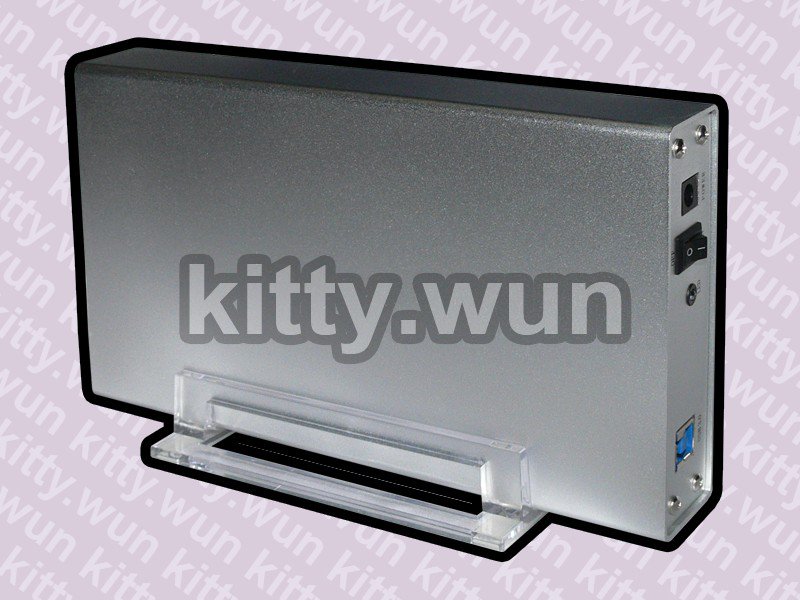
:cachevalid(1595326278.0)/images/best/bilder/s12/12021043_2000_p_0_lo.jpg)
TRANSFER 3GB USB 2 VS USB 3 PC
Intel has already unveiled Thunderbolt 3, which includes USB 3.1 and uses USB-C connectors Thunderbolt 2 vs USB 3.0 vs eSATA: Which is best for you?ĮSATA is perfectly fine if all you want to do is connect a PC to an external storage device, and it's a useful tool for corporate IT too. Intel told us that Thunderbolt 2 would transform PC connections, and before that it was pretty excited about Thunderbolt 1. It's possible that Thunderbolt 3 could become the one connector to rule them all – assuming, of course, that manufacturers decide to use it. Intel says that more than 30 different PC designs will support Thunderbolt 3 from the off. While Thunderbolt remains a fairly niche standard, that may change: the Thunderbolt 3 standard will embrace USB Type-C connections and the USB 3.1 standard later this year, supporting not just DisplayPort, HDMI and USB but also 40Gbps data transfer and two-way power delivery. However, eSATA is still popular in corporate environments, not least because IT managers can use it to provide external storage on devices which have USB ports locked down for security reasons. USB 3.0 is widespread in PCs and PC peripherals, and is largely replacing eSATA for external devices such as hard disks.
TRANSFER 3GB USB 2 VS USB 3 PRO
Thunderbolt 2 is largely confined to recent Apple computers ( Retina MacBook Pro, Mac Pro, 5K iMac and late 2014 Mac Mini) and PC port adapters, although there are a few exceptions such as Dell's Precision M3800 workstation, which packs Thunderbolt 2 for its pro users.

Thunderbolt 2 is largely limited to Macs and 4K PC workstations such as Dell's M3800 Thunderbolt 2 vs USB 3.0 vs eSATA: Availability Some firms, such as Toshiba, make laptops with dual-mode ports that can connect either eSATA or USB devices.
TRANSFER 3GB USB 2 VS USB 3 SERIAL
If you want to run multiple USB devices you'll usually need multiple ports or to invest in a hub – USB devices tend to be designed for standalone use, not daisy-chaining like many Thunderbolt devices.ĮSATA is an external version of Serial ATA, the standard used for high-speed internal hard disk connections. USB 3.0 is backwards compatible, so you can connect USB 2.0 devices to a USB 3.0 hub and vice-versa, although of course you won't get USB 3.0 speeds from a USB 2.0 device or port. That's worth remembering if you'll be connecting Thunderbolt and Thunderbolt 2 devices on the same chain – you'll need to put the original Thunderbolt devices at the end of the chain, not the beginning, or everything will run at Thunderbolt 1 speeds, not Thunderbolt 2. As with other standards' backwards compatibility, you won't benefit from the newer version's faster speed when you connect an older device. Thunderbolt 2 uses the same connectors as the original Thunderbolt standard, so you'll be able to connect Thunderbolt devices to Thunderbolt 2 ports and/or cables and vice-versa. You can also connect DVI, HDMI and VGA displays via adapters, and if you use OS X you can network two Macs over a Thunderbolt connection rather than the traditional Ethernet. The DisplayPort element is backwards compatible, but you'll need a cable adaptor to connect an existing DisplayPort monitor. Thunderbolt combines two protocols, PCI Express (PCIe) and DisplayPort, which means you can connect monitors, external drives, video capture devices and so on. Thunderbolt 2 vs USB 3.0 vs eSATA: Compatibility The performance you actually get in the real world will also depend on your devices and their configurations. You don't need to do that with Thunderbolt 2.Īs with all maximum throughput figures, quoted speeds are theoretical maximums and don't take data overheads into account. As we've already explained above Thunderbolt 2 isn't actually faster than the original 10Gbps Thunderbolt standard, but if you wanted to get 20Gbps out of that you needed to combine two 10Gbps channels.


 0 kommentar(er)
0 kommentar(er)
